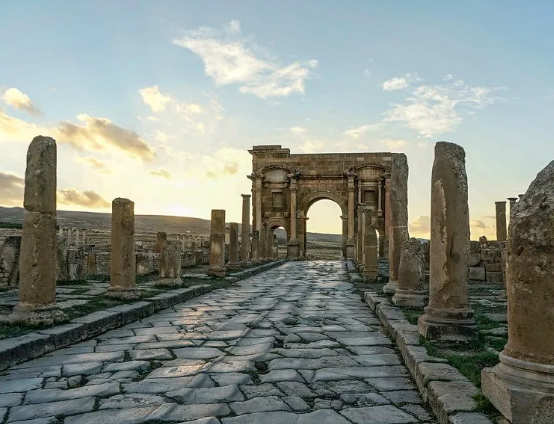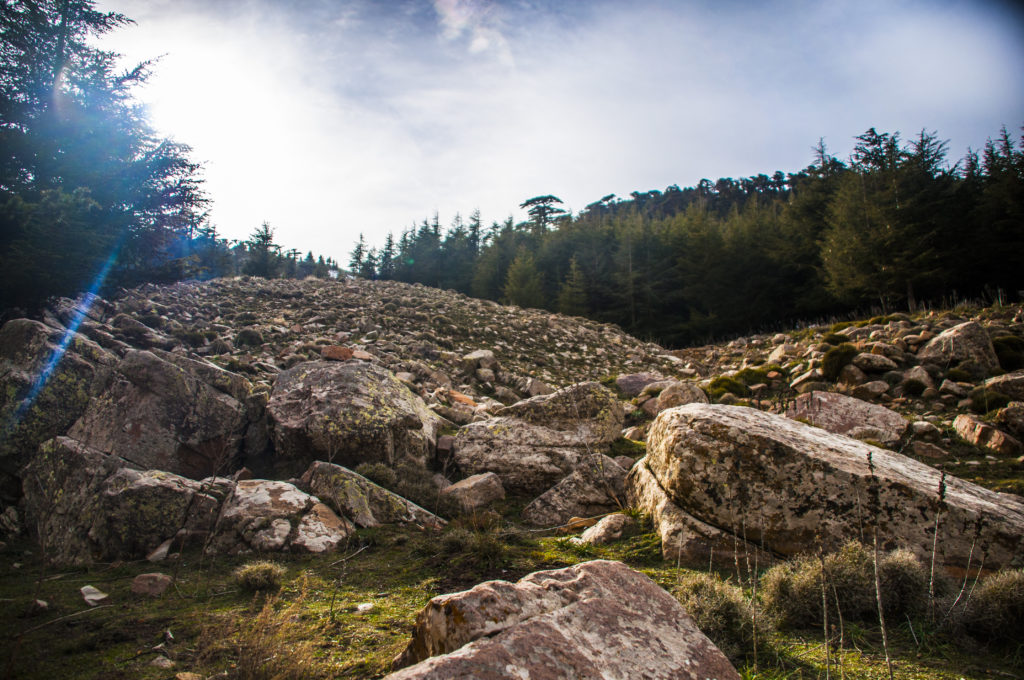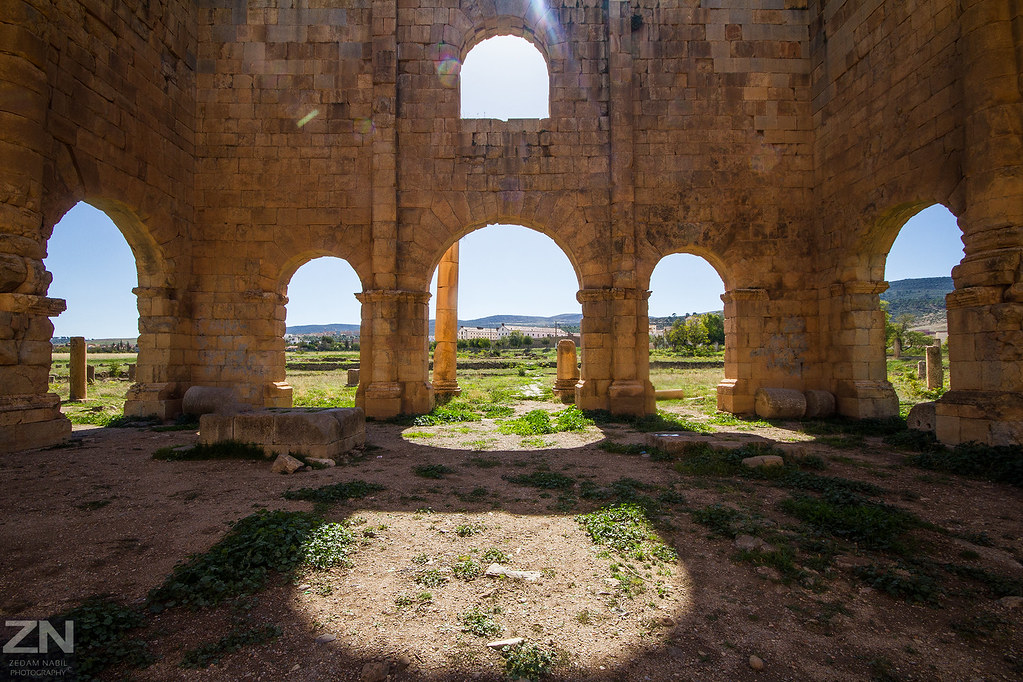About Batna
Timgad or Thamugadi (Clononia Marciana Traiana Thamugadi i Latin); also known as “The Pompeii of North Africa”, is an ancient city located in the territory of the eponymous modern commune of Timgad in the wilaya of Batna, in the Aures region of northeast Algeria. It was founded by the Roman Emperor Trajan around A.D.100. Timgad had the status of a colony and was the latest deduction of Roman Africa.

With its temples, themes, forum and theater, the city was originally built to cover an area of 12 hectares. Given the fact that it has preserved an excellent state as well as being an exemplary typical Roman city, Timgad was declared as World Heritage by the UNESCO in 1982.
Chelia Mountain:

Chelia is a mountain in east Algeria. Known as the highest peak of the Aures mountain range, it is precisely located in the borders of the wilaya of Batna and the wilaya of Khenchela. It culminates at 2328 meters altitude.
Mountain Chelia is the second highest mountain peak in Algeria after Mountain Tahat in the Hoggar mountains, and is the highest of the regularly covered with snow.
Lambèse:

Lambèse, officially known as Lambèse-Tazoult (latin: Lambaesis), is a mililary town of Roman Africa located in the territory of the commune of Tazoult in the Aures region, 10 km east of Batna by the road of Timgad and Khenchela.
Ghoufi:

Ghoufi (balconies of Ghoufi or Ghoufi canyon; also pronounced “Rhoufi”) is a tourist attraction in the Aures region of Algeria.
The village of Ghoufi is a secondary agglomeration of the commune of Ghassira in the wilaya of Batna. Carved into rock in the form of cascades, the balconies of Ghoufi had attracted men to build houses in them. These houses go back to four centuries and are deserted in nowadays. At the turn of each balcony, there is a village in the middle of which stands a Taqliath (a multi-storey building containing a number of rooms equal to the number of families; which serves as warehouses for crops and supplies). The villages clinging to the cliff are named: Hitelsa, Idharène, Ath Mimoune, Ath Yahia, Ath Mansour or Taouriret. The architecture of the place is a typical Tamazight architecture. The materials consist of stones that are polished and briefly joined with local mortar trunks of trees and date palms.
